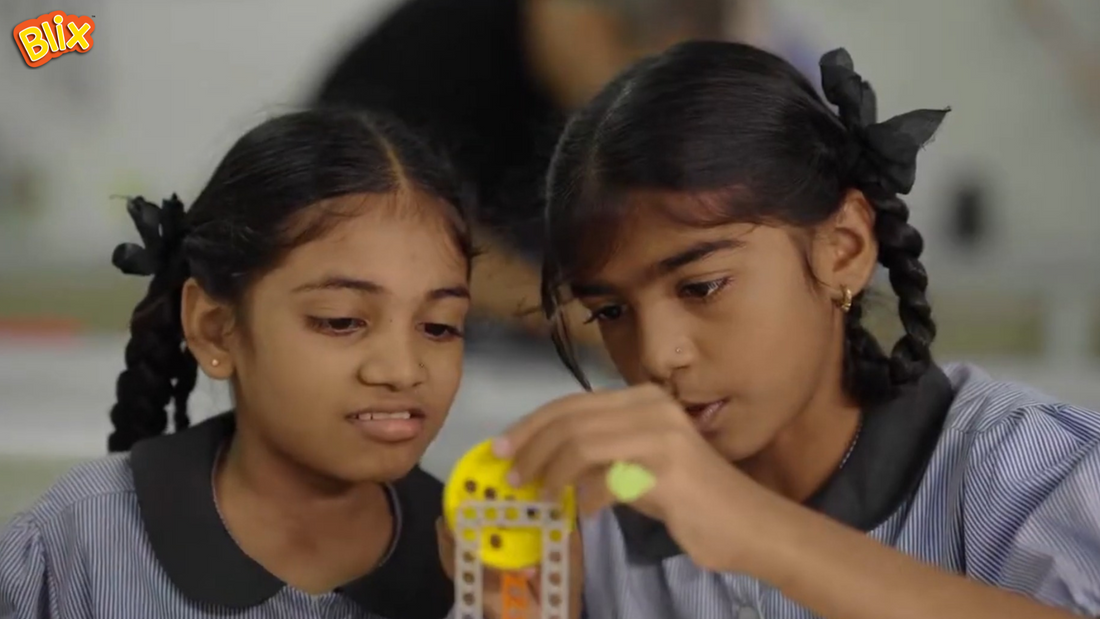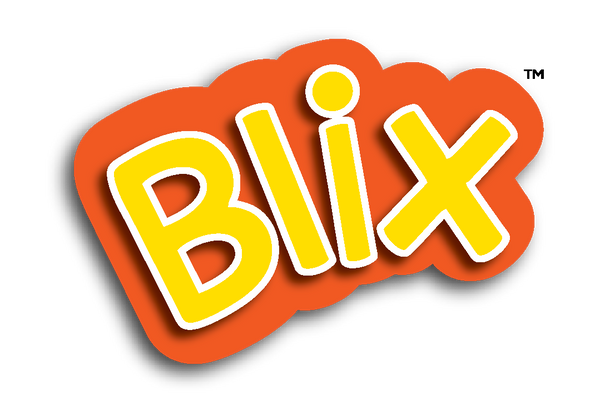
The Importance of STEM Education in the 21st Century
Share

You’ve probably heard the phrase a hundred times: STEM education. It often pops up in school brochures. Also, teacher meetings, and all the new-age toys your child picks off the shelf. But what does it actually mean?
Let’s keep it real. The way kids are learning today is nothing like it used to be. And that’s exactly where STEM comes in.
So, what is STEM Education, and why is it important?
STEM stands for Science, Technology, Engineering, and Math. But the value lies in how it brings these subjects together.
With STEM, kids don’t just learn theories about circuits or coding. They build them. They don’t just calculate speed. They build a car and test it.
That’s the shift. Instead of simply memorising, they work on everything. They do both, take notes and work things out. That’s STEM education in the 21st century.
Kids do learn subjects. But more than that, they start understanding how the world works and how to solve the problems in it.
Why does it matter more than ever?
The world outside the classroom is changing fast. There are a lot more keywords to absorb, like AI, automation, climate tech, and even robotics. All these are no longer futuristic concepts. They are current careers. And most schools are still catching up.
That’s where STEM learning in schools steps in.
It gives students:
- A way to explore all the real-world problems that are there
- Gives students a toolkit to build their own solutions
- Builds skills that will actually matter in 10 years
That’s why every major shift in education, from NEP guidelines to innovation labs that have been set out there is leaning on STEM as the backbone.
Now the claim,
“STEM Education prepares kids for the future.”
Here’s how:
Problem-solving
Kids face real tasks. They start figuring things out on their own.
Collaboration
We know projects mean teamwork. And that means communication, planning, and shared wins. With STEM and STEM toys, kids collaborate. They work in a team. They listen to their peers, plan the concepts, and make a model that is actually the result of a team effort.
Resilience
Fail, fix, try again. STEM naturally builds confidence and curiosity among children. For example, by using logic blocks, they grasp the fundamentals of electronics and logic, all without screens.
Application
Whatever kids learn when they use STEM toys, it's more than what they would learn in a textbook. They instead build everything, test, and tweak.
From DIY projects to structured educational STEM kits, when kids have all of this around, the learning gets clearer.
But, is STEM too difficult to start with?
Not every STEM setup has to look like a tech lab. It could start with something as small as STEM toys or DIY educational toys for kids.
The learning a student gets when they build a bridge, create a simple machine, or code a robot to avoid obstacles, they remember it for a long time. And that's where a well-designed educational robotics kit or a set of STEM toys makes a difference.
Because, at the end, the only point is, learning should be playful and deep at the same time.
Where does Blix come in?
At Blix, we’ve spent years building a STEM ecosystem. We know how STEM actually works in real classrooms. From educational STEM kits to full STEM robotics education solutions, we have designed tools that let kids do the learning.
Our approach is quite simple. We want kids to explore, build, and discover. Because we know the real learning begins here. For example, the STEM lab setup that we have done very recently at Prabhat Scholar Academy. Kids enjoy the space here. They tinker, and most importantly, they get the right assistance from our team.
STEM isn’t just a teaching method. It’s a mindset. One that prepares kids for a world that’s changing faster than ever.
And if a classroom, a kit, or a toy can spark that mindset early? That’s something worth investing in. So, are you ready to bring the change?
